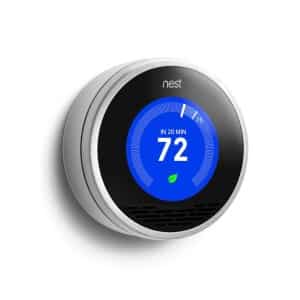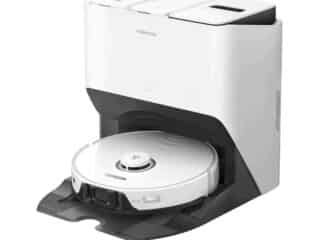
Although smart thermostats weren’t invented until 2007, programmable thermostats have actually been around since the 1980s. Surprisingly, though, many Americans still don’t use this energy-saving technology. Of the 85 percent of U.S. households that control their central heating system via a thermostat, only 37 percent of these households can program their thermostats. Similarly, of the 60 percent of U.S. homes that control their AC system via thermostat, only 29 percent are programmable.
From mercury-based thermostats to systems accessible via smartphone, HVAC systems have become incredibly accessible. Although the ancients developed rudimentary methods of heating and cooling their homes, the first mercury-based thermostat wasn’t invented until 1620. From there, the American professor Warren Johnson was inspired to create the first electric thermostat in 1883. In 1953, Honeywell introduced its famous round dial thermostat, making it easy for household occupants to choose the appropriate interior temperature. In the 1980s, programmable units became available, followed by the invention of the smart thermostat in the 2000s. Over the years, thermostats have become increasingly accessible and more efficient.








4 comments
A smart thermostat is actually a great thing. According to the U.S. Department of Energy, knocking back the thermostat 10-15 degrees for 8 hours a day can reduce your heating and cooling bill by 10%.
@ Polestar:
These are good recommendations! 68 is the perfect temperature for when you’re awake at home. But when you’re gone at work or sleeping at night, you can turn your thermostat down 10 degrees just for the sake of conserving energy.
If you’re considering investing in a smart thermostat but something stops you, read this: https://escoutah.com/the-benefits-of-having-a-smart-thermostat/.
I like smart thermostats! It’s incredible how such a small and relatively cheap item can improve a home’s energy efficiency and reduce utility bills.
But be careful! The temperatures should be reasonable when you’re sleeping or away – too low a temperature on cold winter days may cause frozen pipes. Keep your thermostat set at 68 degrees Fahrenheit or above.
I like your post. They allow users to adjust heating settings from other internet-connected devices, such as a laptop or smartphones. I will share this post with others.